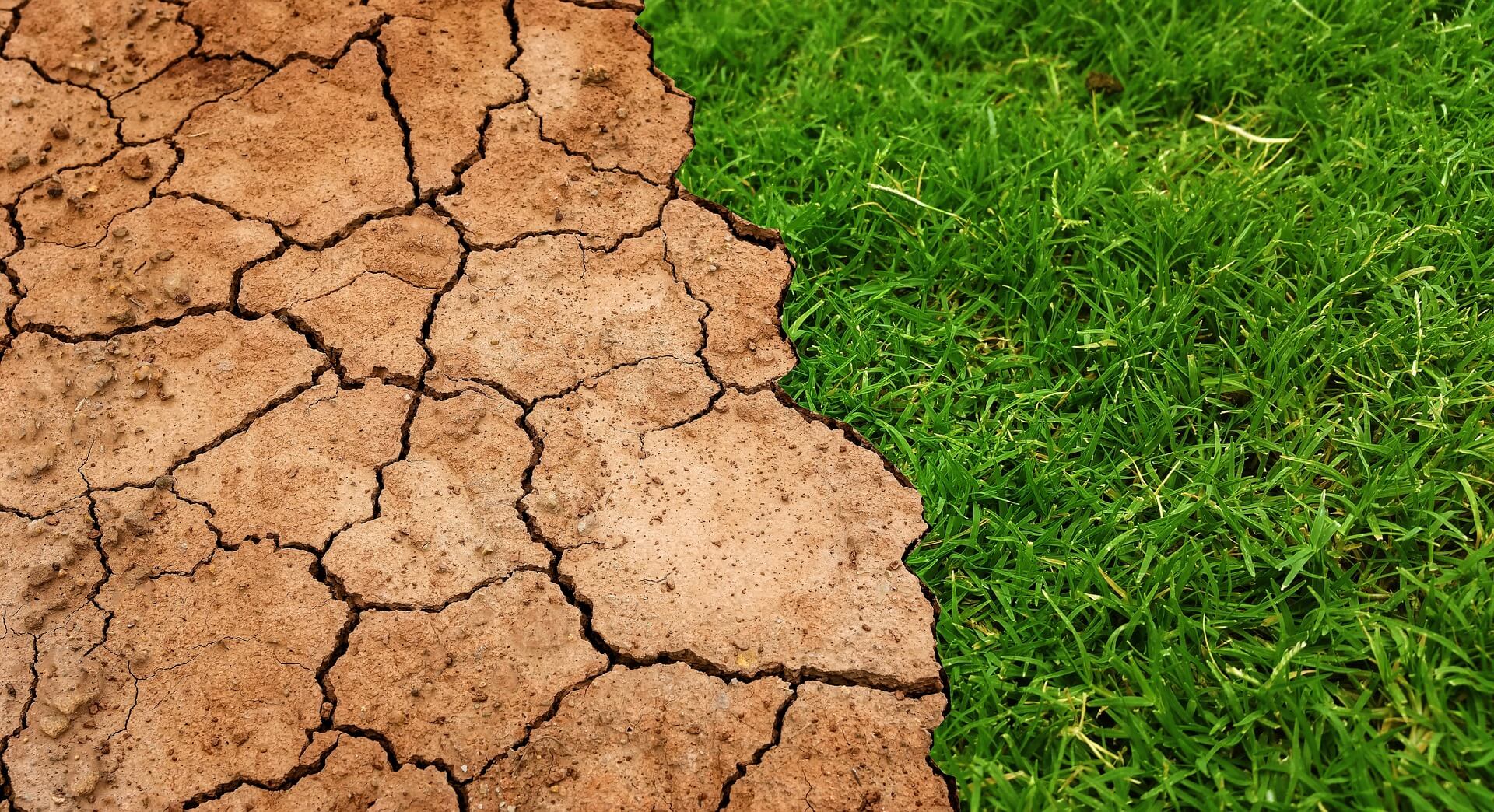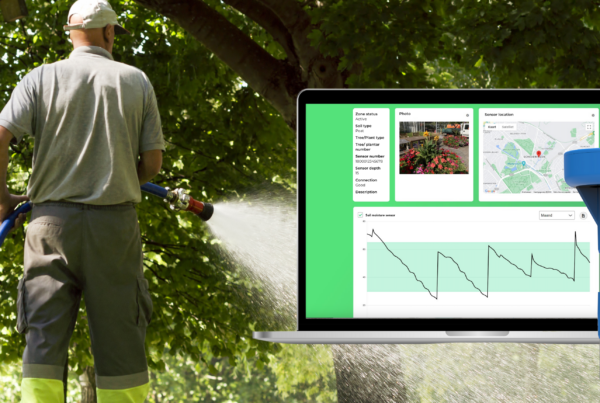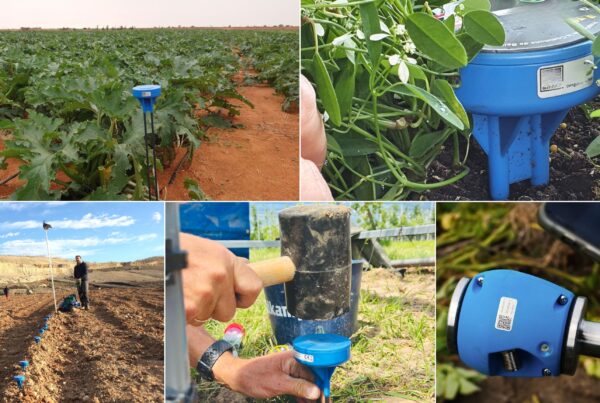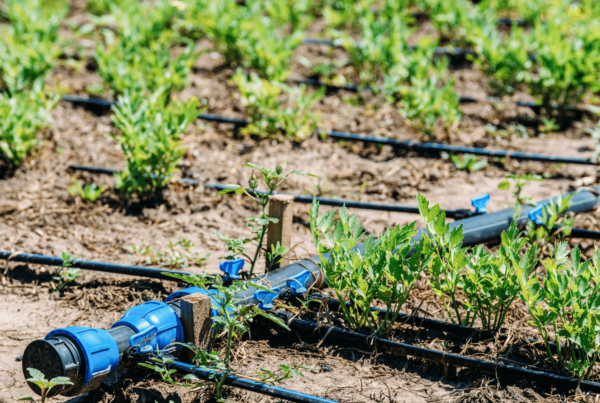Healthy soil has a healthy soil moisture level. This means the moisture level is not below the wilting point (below which the roots cannot take up water anymore) and also not above the field capacity (when water and nutrients will wash out). As described on our web page about calibration, this ideal ‘moisture bandwidth’ can vary from soil type to soil type.To hopefully to avoid hydrophobic soil.
If soil dries out too far below the wilting point, it becomes water repellent (hydrophobic). With this blog post we aim to explain what hydrophobic soil is, how it behaves and what to do about it. Basically, in this post we are answering the number one question we get from sensor users: “It has rained (or I have watered) and I don’t see any effect on my sensors, what’s going on?”.
Every soil has pores, bigger or smaller. In healthy soil, there is enough water to be taken up by the roots but not too much so there is still enough air for the roots to breathe. When soil dries out too far, all pores are filled with air and there are no adhesive/cohesive forces of the water anymore. This effect is very much comparable to the effect of throwing a completely dry sponge in a bucket of water. Even if you push it down, it will surface again and float – until it has soaked up enough water.
In our data, we see that the time from reaching the wilting point to soil becoming hydrophobic can be a matter of days or even hours, under the most extreme conditions. Which means that this effect often occurs unexpectedly. We see it happening for example between two waterings, or we see soil gradually drying out despite frequent waterings. It is an often occurring and often misunderstood phenomenon.
The key challenge with hydrophobic soil is that it behaves like a paved surface. This is for example why we are seeing flash floods when it rains in dried out areas; water is not absorbed so it will flow away to a lower point. So the problem with soil behaving like pavement is that large amounts of water at once, won’t help getting the soil moist again. And this is the key reason why, in hydrophobic soils, waterings are often not ‘visible’ in the data. The sensors are working fine but the water is just not reaching the sensor tips (at root depth). To become moist again – and for the adhesive/cohesive forces to re-occur, the soil actually needs to soak over time (remember the sponge example).
We have some suggestions of resolutions to prevent or fix this harmful effect:
1. The first, most obvious, and not always possible resolution is to keep the soil moist enough, so it keeps absorbing water. This is for example very important for Green Infrastructures to keep the ability to absorb run-off water;
2. Improve the quality of the soil by changing the structure or composition. For example, more organic matter to hold moisture and/or more soil life;
3. Hydrophobic soil always goes top down. If possible, ‘open up’ the top layer of the soil, for example with a harrow or plow so water can reach the lower levels (roots) again;
4. If hydrophobic, give smaller amounts of water spread over a longer period, allowing the soil the time needed to soak up the water.
Finally, while sensors give you an ‘early warning’ it’s always important to look in to the soil itself to check what’s going on!
About Sensoterra
Sensoterra develops low-cost, simple, and robust wireless soil moisture sensors, providing actionable insights that enable water management platforms and solutions. Our sensors are built to integrate into any platform with our unique ‘API first’ philosophy – offering freedom and flexibility for data integration. It is our mission to enable water management platforms and solutions worldwide. We help by ‘Making Sense of Water’. We produce simple, robust, and low-cost wireless soil moisture sensors that are easy to deploy and built to integrate. With proven success in the applications of smart city landscaping, environmental monitoring, and precision agriculture, the Sensoterra solution integrates seamlessly in existing water and land management platforms.
Contact for more information, pictures and/or interview requests:
Jessica Nuboer
Marketing & Communications
Sensoterra
Email: [email protected]






